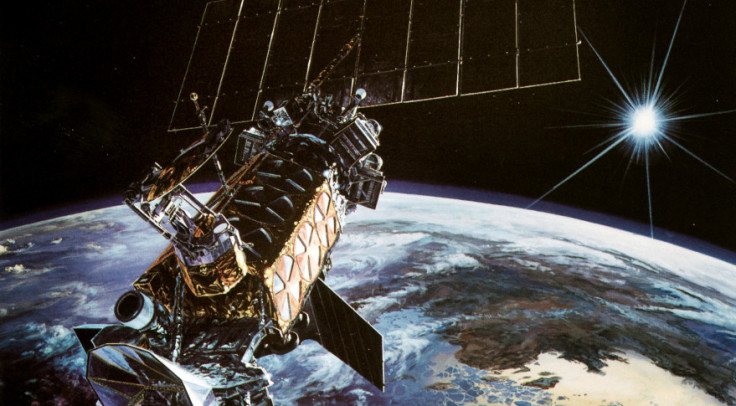Space debris from exploded US satellite 'poses threat to other spacecraft and missions'

Debris from a recently exploded US satellite poses a big risk to other spacecraft and future missions, experts have warned.
Over 100 pieces of space debris have so far been detected from the US Defence Meteorological Satellite Programme (DMSP) F13 satellite, which means over 50,000 small fragments were also created, scientists from the University of Southampton have said.
ESA scientists concluded the debris posed little risk to their future missions following the incident, but the latest study investigated the risks to a wide range of space missions from these smaller pieces of debris that are undetectable by radar.
Hugh Lewis, from the UK Space Agency on the Inter-Agency Space Debris Coordination Committee (IADC), said understanding these objects is paramount. "Even though many of these objects will be no bigger than the ball in a ballpoint pen, they can disable a spacecraft in a collision because of their enormous speed."

PhD student Francesca Letizia, who led the research, said: "The fragments from the explosion spread around the Earth forming a band, which can be crossed by spacecraft with orbits that are quite different from the one of DMSP-F13."
Scientists produced a collision probability map showing a peak in the risk at altitudes just below the explosion. The map was created by treating the debris as a fluid, which changes under the effect of atmospheric drag.
Camilla Colombo, who supervised the study published in the Journal of Guidance, Control, and Dynamics, said: "Treating the fragment band as a fluid allows us to analyse the motion of a large number of fragments very quickly, and much faster than conventional methods. In this way, the presence of small fragments can be easily taken into account to obtain a refined estimation of the collision probability due to an explosion or a collision in space."
Findings showed the spacecraft most at risk from the fragments from the explosion were US and Russian satellites in sun-synchronous or polar orbits.
Lewis said: "In the case of the DMSP-F13 explosion, our work has shown that the introduction of a new cloud of small-sized debris into orbit will have increased the risks for other spacecraft in the vicinity, even if the risk from the larger fragments has been discounted."
© Copyright IBTimes 2025. All rights reserved.






















